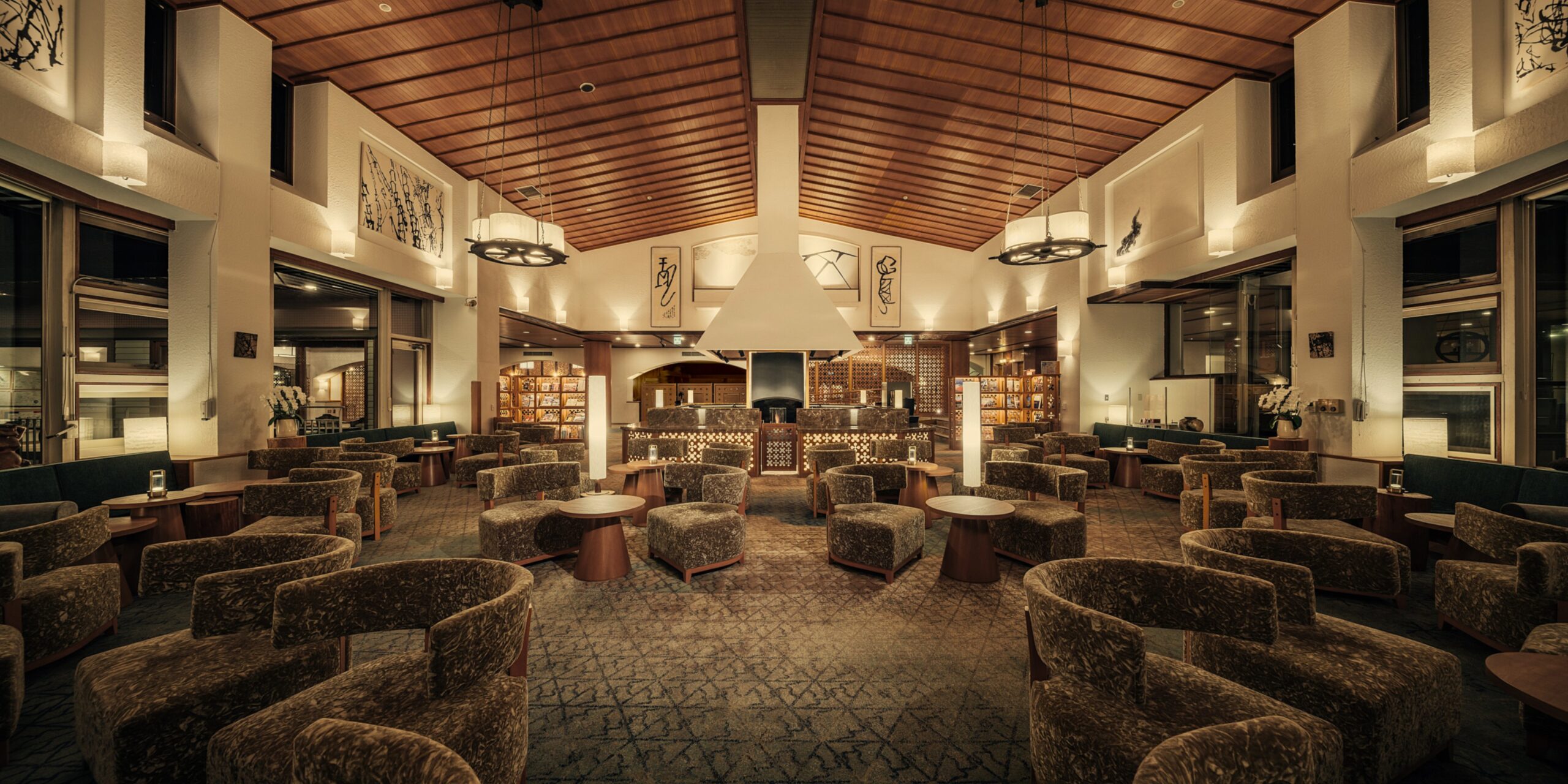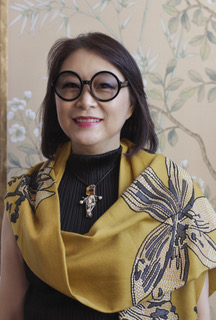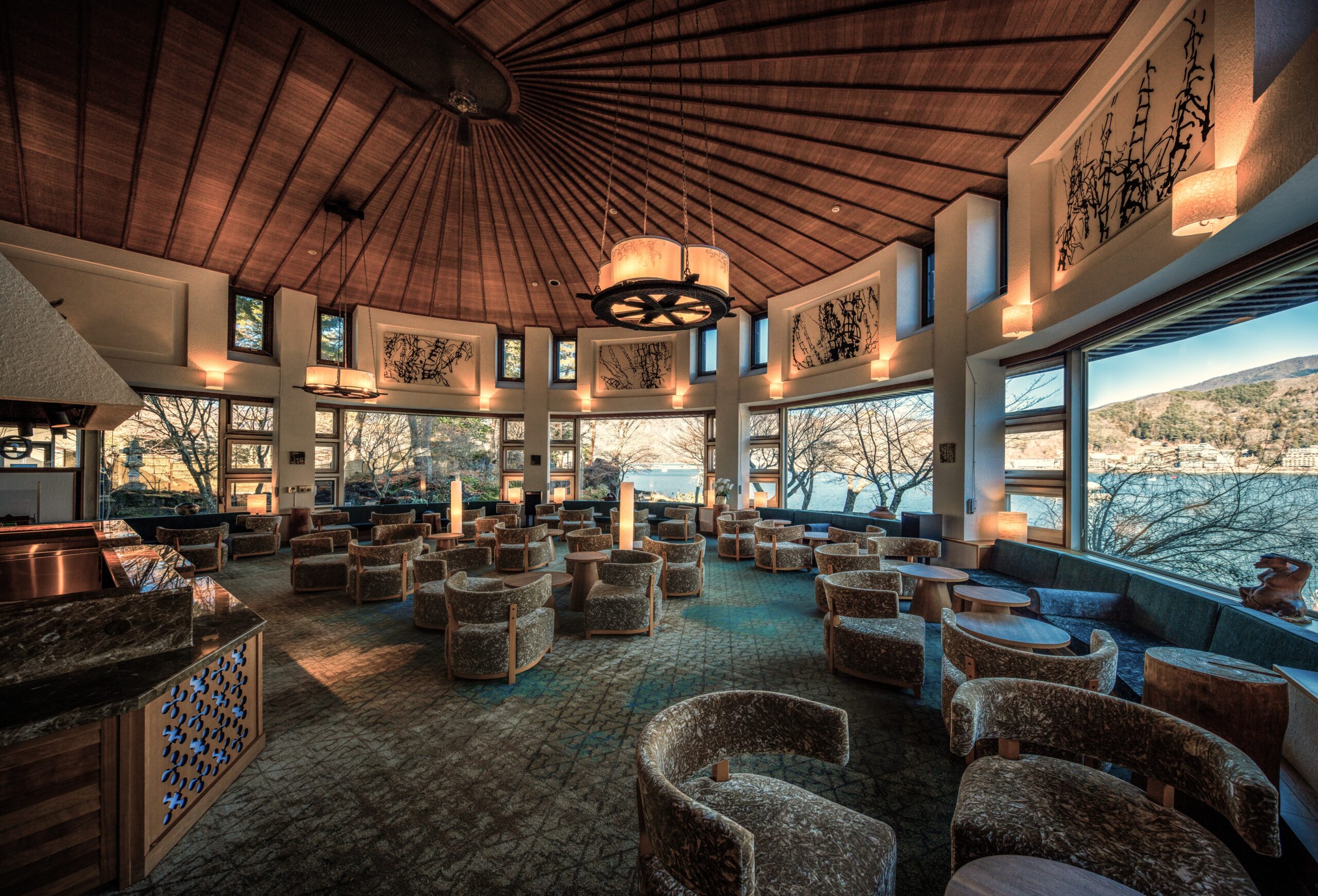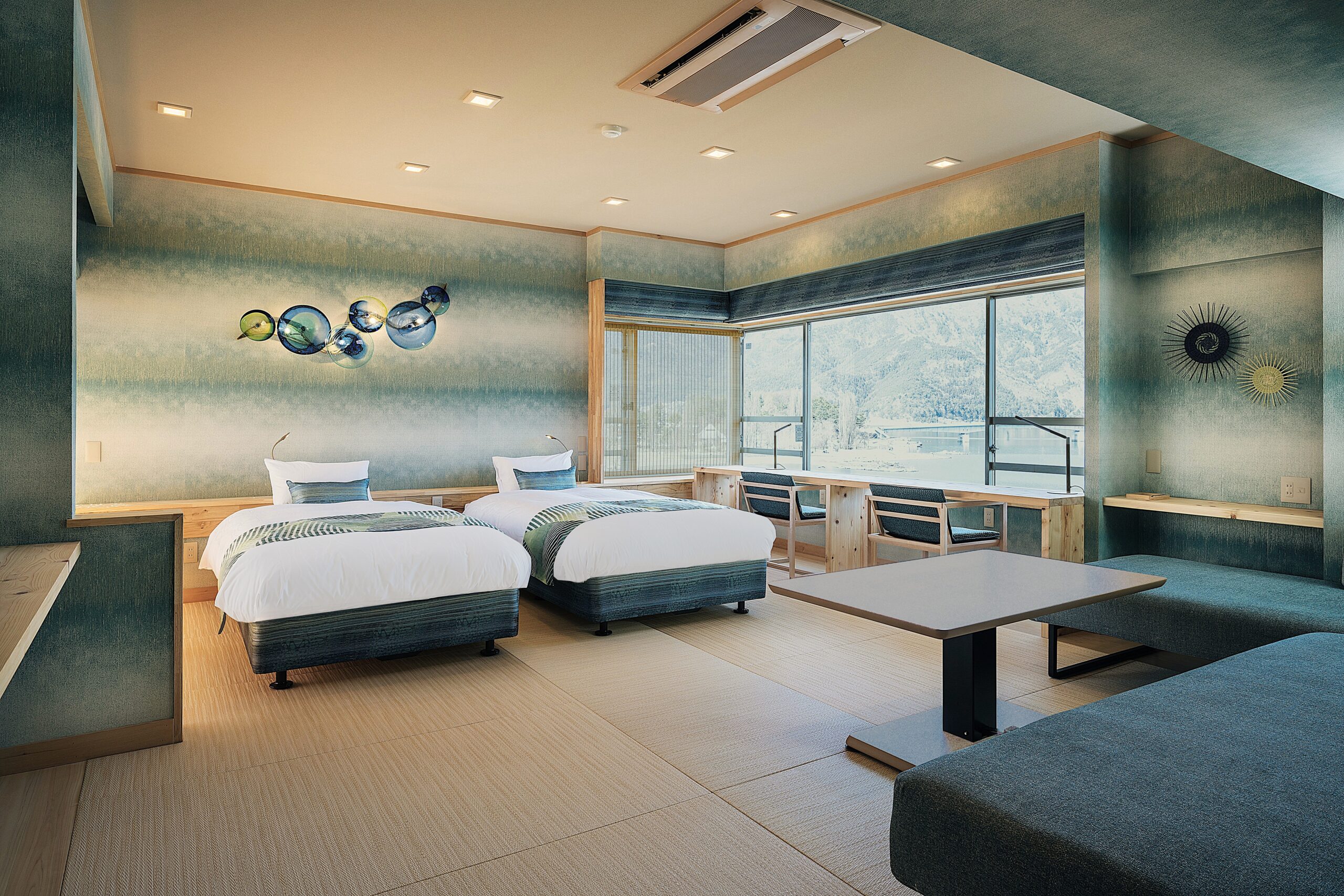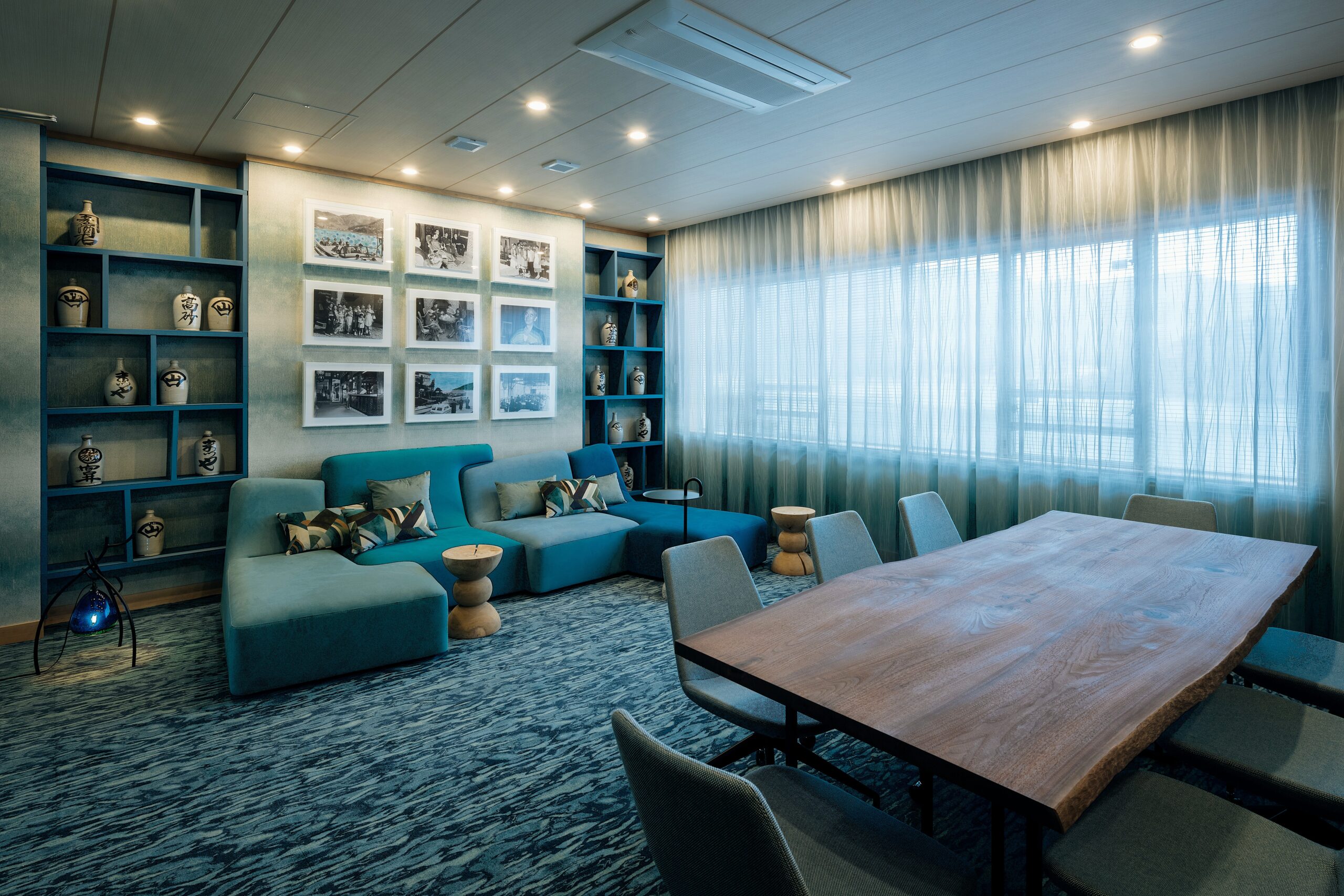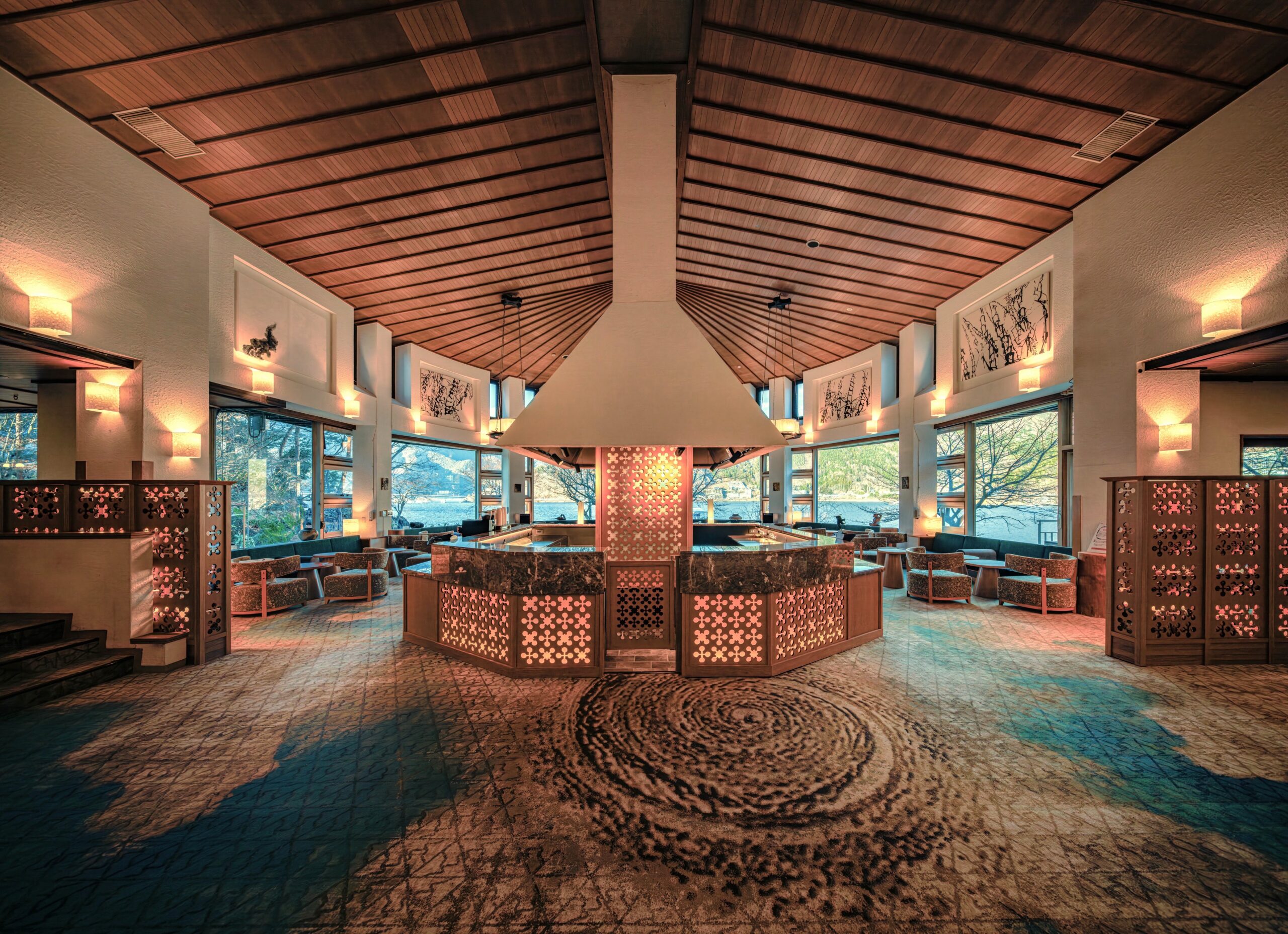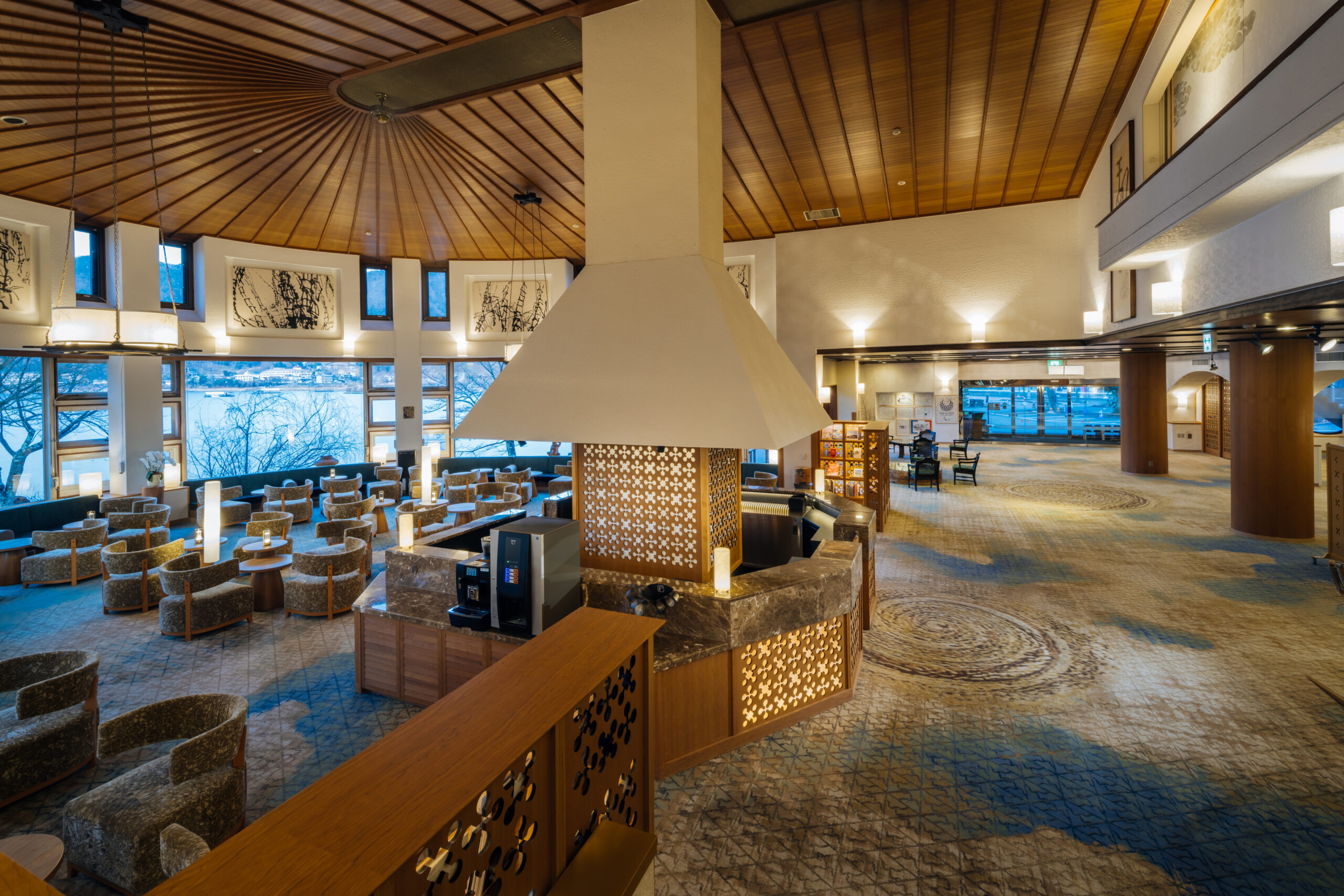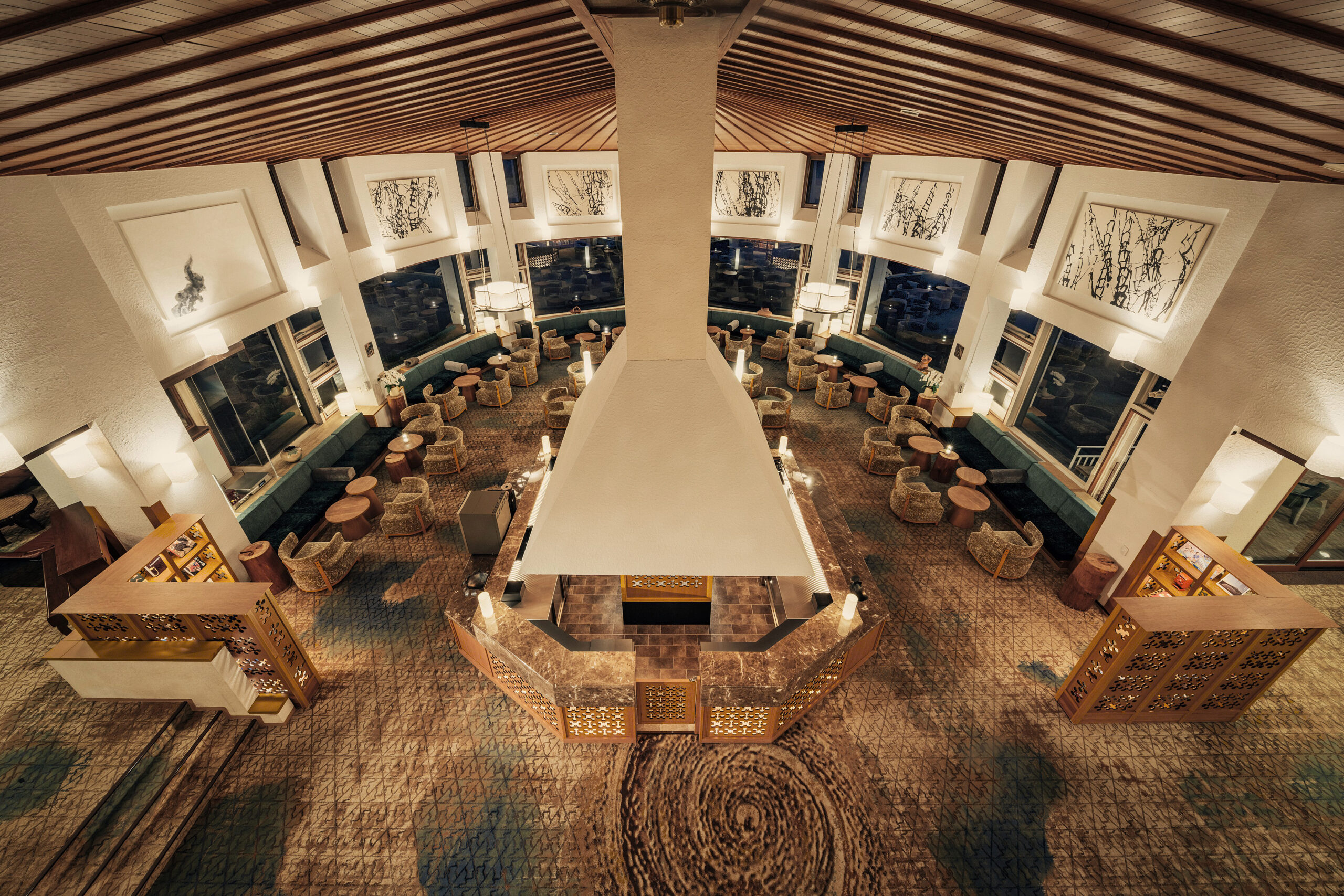Name: Noriko Sawayama
Company Name: BABID
Position Within Company: Director
Website: https://babid.org/works/example
Tell us a little about your background in design (education, experience, etc)
Noriko was born in Niigata Prefecture, Japan, and graduated from Meiji University with a degree in geography and museum studies.
After working as an international cabin attendant for Japan Airlines for 3 years, she shifted her career to a hotel consultant. Her career stretched from the preparation team for the opening of the Hotel Seiyo Ginza to the total re-engineering of a prestigious hotel in service and HR.
Noriko moved to the UK in 1995. After receiving specialized architecture, interior design training, and art business study at The Interior Design School, the University College of London, and Sotheby’s Art Institute for five years, she ran her design business in London from 2000 to 2017. Her design ranged from homes (100m2 to 1400m2) to hotels, restaurants, show flats, and furniture design in the UK and Japan.
In 2012, she launched an e-learning design college for Japanese selected professionals. The college has produced over 30 BIID members, whose graduates have been active in the Japanese and UK markets and have won many international awards. Noriko organized those graduates as the BABID Design Platform, which collaborates with them to carry out many award-winning projects in Japan and the UK.
In 2017, she moved her base of operations to Japan.
As the representative director and design producer of BABID (British Association of Interior Design Businesses) Tokyo, she produces design projects using BIID designers. She strives to promote global standard design.
She established the Curation Hotel Association, a general incorporated association, and is working to popularize “curated hotels,” which feature traditional architecture, crafts, and art and are the core of local arts and crafts tourism. In June 2019, she published the book “The Future of Traditions Opened by Curated Hotels”.
Noriko joined the BIID (British Institute of Interior Design) in 2000.
In 2001, she was nominated as the pavilion designer for the London design exhibition House & Garden Fair.
In furniture design, she was shortlisted for the D&D Award 2001 and exhibited her series at the Milan Salone in 2010 and 2011.
In 2016, she was recognized for her contributions to BIID, educational activities, and design and became the eighth person to receive the “BIID Merit Award 2016 amongst 1200 members.”
In November 2018, she was recognized for her activities in interior economic exchange between Japan and the UK. She also won the Entrepreneur Award at the BCCJ Business Awards hosted by the British Chamber of Commerce in Japan.
Her residential designs were shortlisted for the Design et al Design and Architecture Award in 2016, 2018, and 2020. One of her curation hotels, Gakuroku-Suien, won the award in 2023 and was elected to the Elite Award.
Her hotel designs were shortlisted for the Design et al—hotel Award in 2021 and 2025.
Her work has been featured in numerous major magazines, including The World of Interior, House & Garden, Homes & Gardens (cover), 25Beautiful Homes, Vogue, Forbes, Design et al., Kateigaho, Fujingaho, Modern Living, Act4, Nihon Keizai Shimbun, Yomiuri Shimbun, and Asahi Shimbun, among others.
